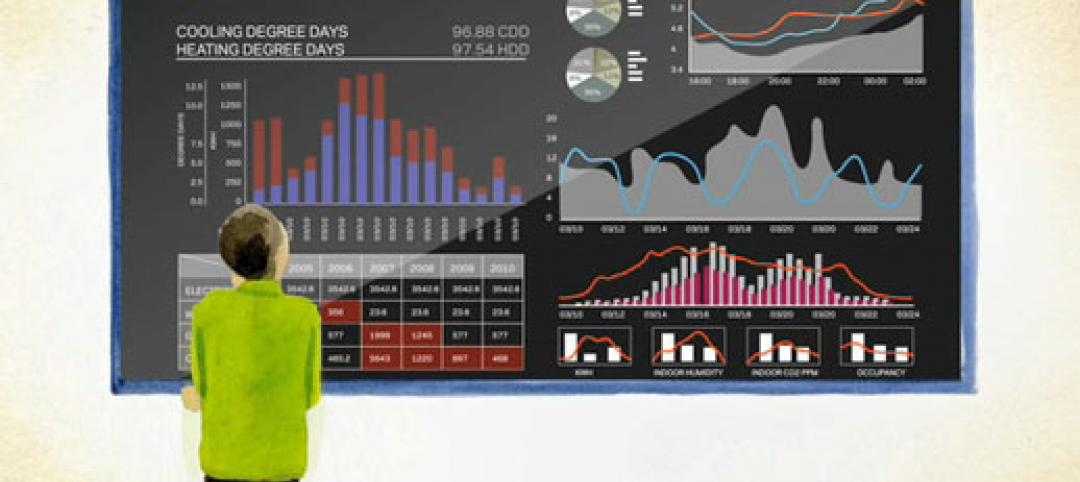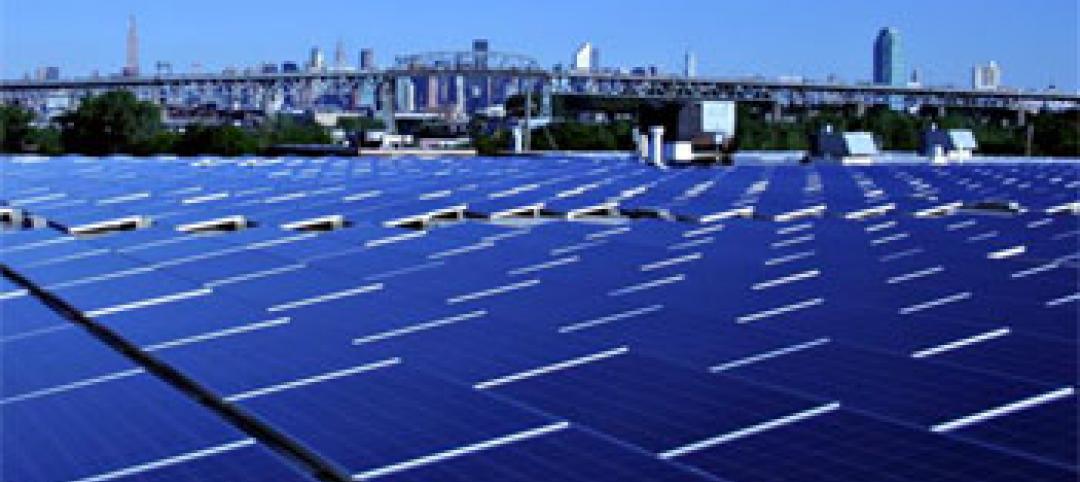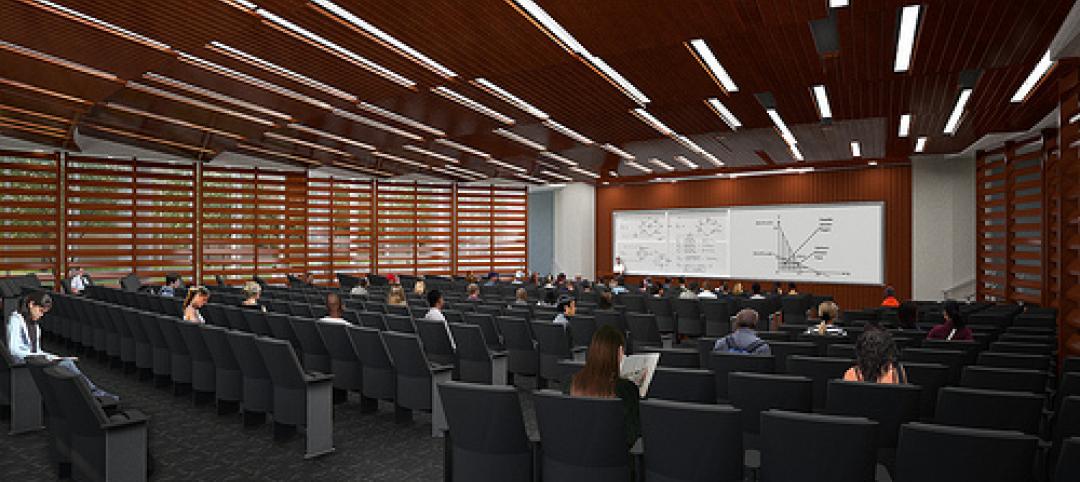The Building Button, a new tool launched by the Investor Confidence Project (ICP), standardizes the collection of data from energy efficiency projects, and “makes it easy to share that information with investors, building owners, developers, and utilities,” according to a news release.
Based on the U.S. Department of Energy’s Building Energy Data Exchange Specification, the tool integrates best practices and specifications developed by ICP and the U.S. Department of Energy’s Lawrence Berkeley National Laboratory (Berkeley Lab), including the Building Energy Data Exchange Specification (BEDES). Expressing energy efficiency data in a common language, the Building Button allows all parties to compare specifications across multiple projects with one click. This ability helps to reduce underwriting and actuarial analysis costs, builds trust in energy savings, and drives market demand for energy efficiency projects.
“One of the major barriers to wide-scale adoption of energy efficiency is the hassle factor,” said Matt Golden, ICP director. “Every investment is unique, with data lodged in incompatible spreadsheets, documents, and other digital files. The lack of uniform data standards means that transaction costs are prohibitively high. The Building Button helps solve that by establishing guidelines for all project data, streamlining the process of project development and investment.”
In 2017, ICP will join Green Building Certification Inc. (GBCI) to create the first global underwriting standard for energy efficiency projects.
Related Stories
| Oct 14, 2013
Computer simulation aids design of Vermont ski area net-zero lodge and fitness center
The Craftsbury (Vermont) Outdoor Center has broken ground on a new activity lodge and fitness center. An energy modeling computer simulation was used to optimize solar orientation, insulation values, and the form of the building.
| Oct 10, 2013
Carnegie Mellon study looks at impact of dashboards on energy consumption
A recent study by Carnegie Mellon took a look at the impact of providing feedback in an energy dashboard form to workers and studying how it impacted overall energy consumption.
| Oct 7, 2013
Geothermal system, energy-efficient elevator are key elements in first net-zero public high school in Rhode Island
The school will employ a geothermal system to heat and cool a portion of the building. Other energy-saving measures will include LED lighting, room occupancy sensors, and an energy-efficient elevator.
| Oct 4, 2013
Sydney to get world's tallest 'living' façade
The One Central Park Tower development consists of two, 380-foot-tall towers covered in a series of living walls and vertical gardens that will extend the full height of the buildings.
| Sep 30, 2013
Smart building systems key to new Wisconsin general aviation terminal’s net zero target
The Outagamie County Regional Airport’s new 8,000 sf general aviation terminal was designed to achieve net zero.
| Sep 26, 2013
Sheep's wool insulation, bio-brick among Cradle to Cradle product innovation finalists
Ten finalists are competing for $250,000 in prizes from the Cradle to Cradle Products Innovation Institute and Make It Right.
| Sep 24, 2013
8 grand green roofs (and walls)
A dramatic interior green wall at Drexel University and a massive, 4.4-acre vegetated roof at the Kauffman Performing Arts Center in Kansas City are among the projects honored in the 2013 Green Roof and Wall Awards of Excellence.
| Sep 23, 2013
After retrofit and PV array project, N.Y. beverage distributor gets to net-zero
Queens, N.Y.-based beverage distributor Big Geyser’s energy efficiency retrofit project and rooftop solar array installation have positioned the company’s facility to achieve net-zero power.
| Sep 19, 2013
What we can learn from the world’s greenest buildings
Renowned green building author, Jerry Yudelson, offers five valuable lessons for designers, contractors, and building owners, based on a study of 55 high-performance projects from around the world.
| Sep 16, 2013
Passive solar, enhanced envelope crucial to Univ. of Illinois net-zero project
Passive solar strategies and an enhanced envelope are keys to achieving net-zero on the new 230,000 sf Department of Electrical and Computer Engineering building at the University of Illinois at Urbana-Champaign.

















